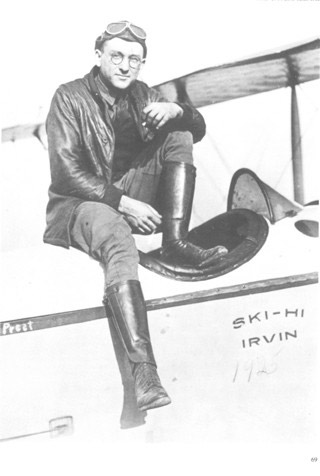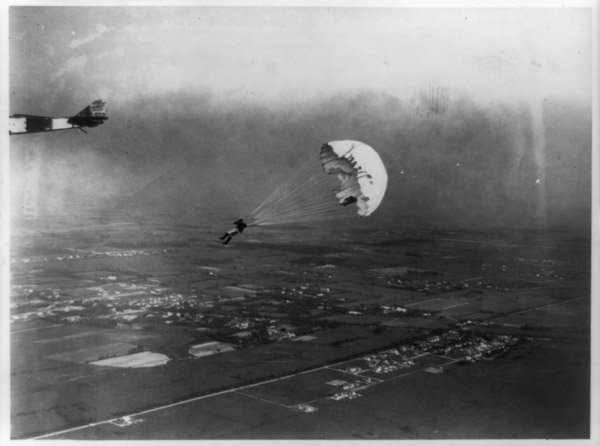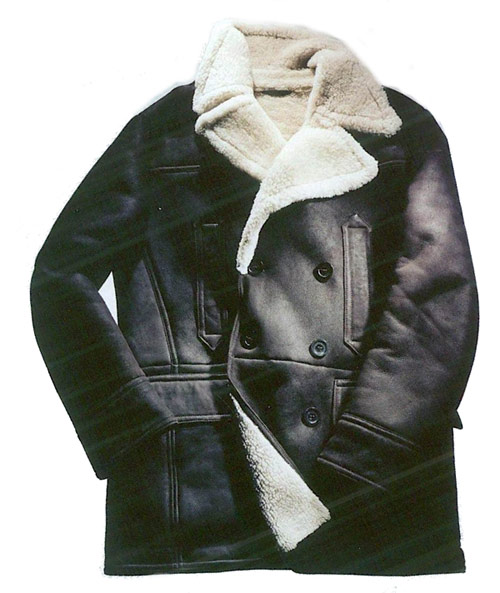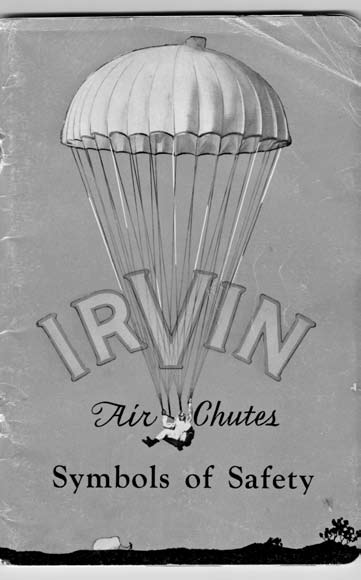Leslie Leroy Irvin
1895 – 1966

Almost every country on earth that has a military presence has some form of parachute capability. Much of the credit for creating
the parachute industry that provides these life preservers of the air is owed to a true industry pioneer, Leslie Leroy Irvin.
Leslie Leroy Irvin was born on September 10th, 1895 in Los Angeles, California. At the age of fourteen, he made his first jump with
a parachute. Irvin started a ballooning and parachuting career in 1911 while in his early teens. In 1915, Irvin joined the Universal
Film Company as a stunt man for the fledging Californian film industry where he performed acrobatics on trapezes from balloons and
made descents using parachutes. He was also a protégé of Charles Broadwick. Broadwick is credited with developing the modern
parachute "system" including a harness and a soft backpack unit. His experience as a stunt man contributed to his later belief
that a jumper in a free fall descent would not lose consciousness.
On April 19, 1919, Leslie Irvin, made the
Leslie Leroy Irvin
1895 – 1966

world's first free fall parachute descent using a rip cord, rather than using a canister
or tether line attached to the aircraft to pull open the parachute. Irvin believed that a free fall jump would be safer because
an aircraft spinning out of control could interfere with the deployment of the earlier chutes.
 Working with the US Army's Air Service parachute research team, Irvin made the historic jump from a plane over McCook field near
Dayton, Ohio. During the jump, Irvin broke his ankle but was inspired to start his own parachute business.
Working with the US Army's Air Service parachute research team, Irvin made the historic jump from a plane over McCook field near
Dayton, Ohio. During the jump, Irvin broke his ankle but was inspired to start his own parachute business.
Later that year, he opened the Irvin Air Chute Company in Buffalo, NY. What became known as the Irvin parachute gained rapid
acceptance, and by the early 1930's was in service with some 40 air forces around the world. With the start of World War II, Irvin
became a major manufacturer of parachutes. During the war, Irvin parachutes saved over 10,000 lives. The Irvin name had become the
world standard for innovation, reliability, and quality.
 Leslie Irvin's design innovations weren't limited to parachutes. With aircraft flying at increasing altitudes,
pilots were subjected to lowering temperatures. To address this requirement, Irvin designed and manufactured the classic leather
and sheepskin flying jacket which became recognized during the Second World War.
Leslie Irvin's design innovations weren't limited to parachutes. With aircraft flying at increasing altitudes,
pilots were subjected to lowering temperatures. To address this requirement, Irvin designed and manufactured the classic leather
and sheepskin flying jacket which became recognized during the Second World War.
In later years, Irvin's company also made car seat belts, slings for cargo


handling and even canning machinery. The company later
changed its name to Irvin Aerospace to reflect the change to the newer markets it served. Today, Irvin Aerospace is a brand of
Airborne Systems, a leading designer and one of the world's largest manufacturers of parachutes and related equipment.
As a humanitarian, Irvin was obsessed with saving lives with his equipment. In 1922, he founded the Caterpillar Club to recognize
individuals that had their lives saved by a parachute. Today, the Caterpillar Club is one of the most famous flying clubs in the
world and has awarded thousands of airmen, and a few airwomen with a gold caterpillar pin, symbolizing the silk from which early
parachutes were made. Some of its famous members included names like Charles Lindberg, General James Doolittle and former U.S.
astronaut John Glenn. Leslie Irvin was Honorary Secretary of the Caterpillar Club
ever since its inception, but despite the fact that he made more than 300 parachutes jumps he did not become eligible for
membership - he never had to jump to save his life.
Irvin passed away on October 9th, 1966.
Irvin was a member of Master Builder Lodge No. 911 in Kenmore, New York. He was also a member of the Ancient Accepted Scottish Rite,
Northern Masonic Jurisdiction, and a member of Ismailia Shrine Temple in Buffalo, New York.

